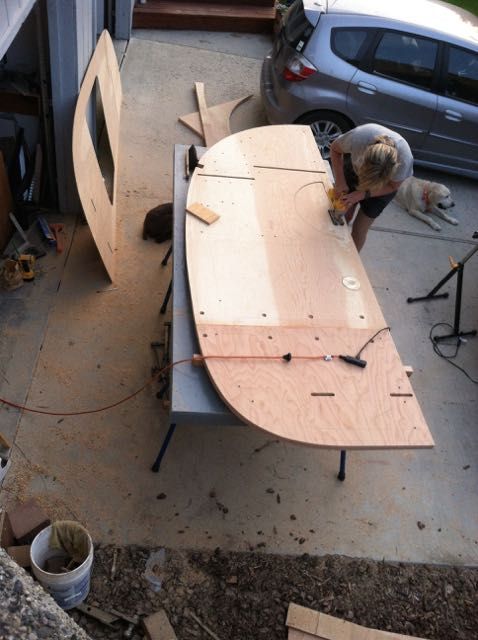Pros and cons of creating a wood template?
I'm a former lurker who has starting the serious planning--as opposed to the tentative daydreaming--phase of building a teardrop, and I noticed that a lot of folks use a wooden template. I had been planning to make/buy a paper template, trace it onto my exterior plywood, and start cutting things, but now I'm wondering if I'm missing an important step.
Why make a wooden template? Is it a best practice kind of think among carpenters, like the way dressmakers make mockups of their big projects in cheap fabric before they start tearing into the silk and satin? To troubleshoot and to verify their plans? Or other reasons?
And as a cash-flow-sensitive newbie to woodworking, is this something I really need to do? How important is it?
Thanks!
Why make a wooden template? Is it a best practice kind of think among carpenters, like the way dressmakers make mockups of their big projects in cheap fabric before they start tearing into the silk and satin? To troubleshoot and to verify their plans? Or other reasons?
And as a cash-flow-sensitive newbie to woodworking, is this something I really need to do? How important is it?
Thanks!





